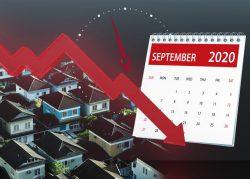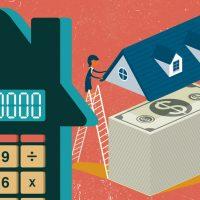In another indication of a potential slowdown in the country’s hot housing market, an index tracking pending home sales declined for the second month in a row.
The monthly metric from the National Association of Realtors fell by 1.1 percent in October, compared to September. The drops followed four months of growth.
NAR’s index tracks signed contract activity for single-family homes, condos and co-ops, and is seen as an indicator of future sales of existing homes. The typical lag time between a contract signing and a sale being finalized is one or two months.
Sales of existing homes increased to 6.85 million in October, the fifth month of consecutive gains, while just 1.42 million homes were for sale at the end of the month — a record low in the history of NAR’s monthly report on existing housing stock.
Despite the pending home sales index’s monthly drop in October, the number of contracts signed nationally are up 20 percent year-over-year.
Citing the annual gains, Lawrence Yun, NAR’s chief economist, maintained that the housing market was “still hot,” though he admitted that the second monthly decline in NAR’s index signals that rising home prices are beginning to tamp down demand.
“We may be starting to see rising home prices hurting affordability,” he said in a statement.
Read more


The median home price in the U.S. surpassed $300,000 for the first time in July and has continued its climb since. Prices are being driven up by unrelenting demand from homebuyers as remote work has become widely accepted, and historically low mortgage rates and homes for sale.
“The combination of these factors … has pushed home prices to levels that are making it difficult to save for a down payment, particularly among first-time buyers, who don’t have the luxury of using housing equity from a sale to use as a down payment,” said Yun.
Increasingly, first-time homebuyers, and buyers with lower incomes or poor credit history, are finding it hard to secure a mortgage. Economists warn that the housing market’s uneven recovery, described often as K-shaped and some people prosper and others struggle, could spill into other aspects of the economy.
